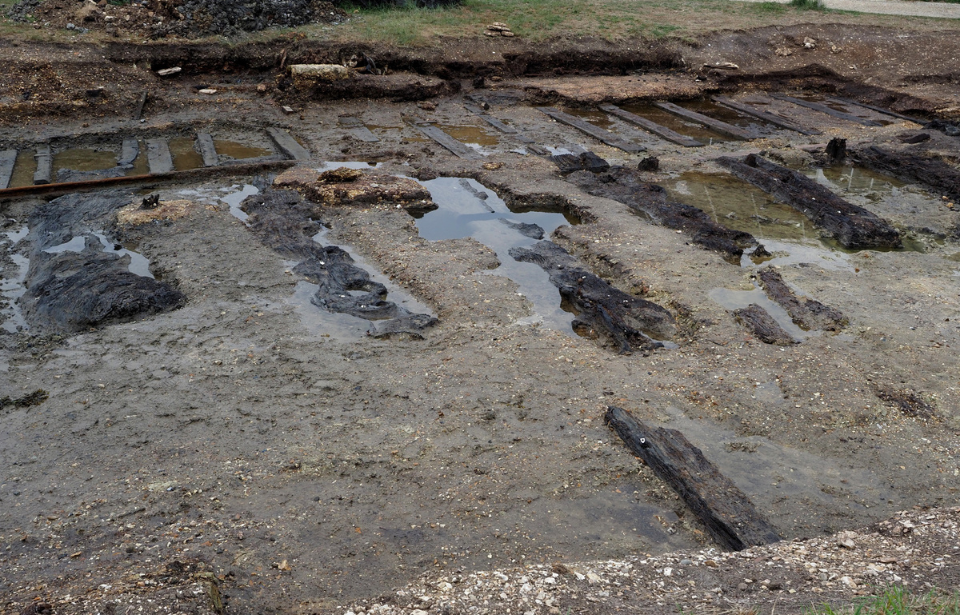Slipway 2, on the Beaulieu River at Buckler’s Hard in New Forest, Hampshire, United Kingdom, is where an archaeological dig found the original slipway timbers where over 50 wooden ships were laid down for the British Royal Navy. The project was carried out by staff and students from the University of Southampton and other historical organizations. The Buckler’s Hard Shipyard Trust, a conservation charity based out of the redbrick buildings that line the approach to the slipways, funded it.
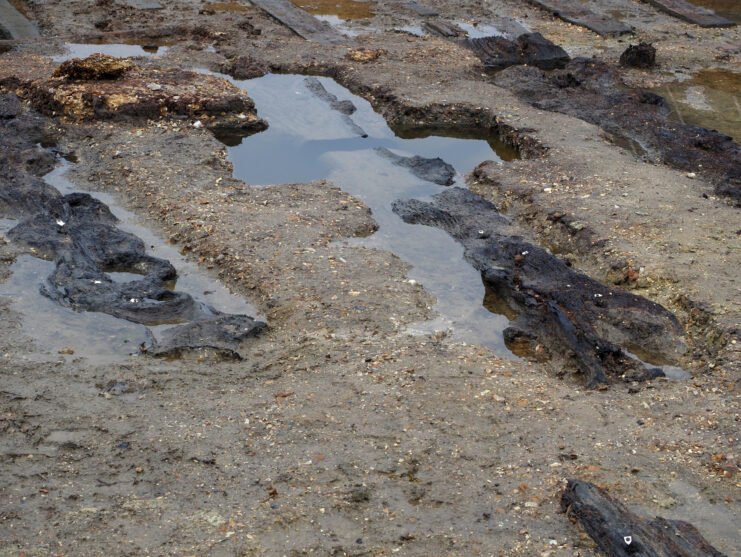
The slipway, from the 18th century, was where many of the ships in Lord Horatio Nelson‘s fleet were constructed, with some of the original oak timbers recently unearthed by the team of archaeologists from the University of Southampton. According to the group, this is the first time such a slipway from that period in history has been totally uncovered in the UK.
Buckler’s Hard is a small riverside hamlet in New Forest, and it was once one of the busiest private shipyards of the 1700s. In all, 55 wooden ships were built there for the Royal Navy during this period, with some a similar size to HMS Victory.
What makes the slipway at Buckler’s Hard unique is that most of those from the 18th century have been cover in concrete. The archaeological team’s findings could improve the understanding of shipbuilding techniques and their associated infrastructure during that time, with Professor Jon Adams, director of the Centre of Maritime Archaeology at the University of Southampton, says this means the site is uniquely suited for such learning.
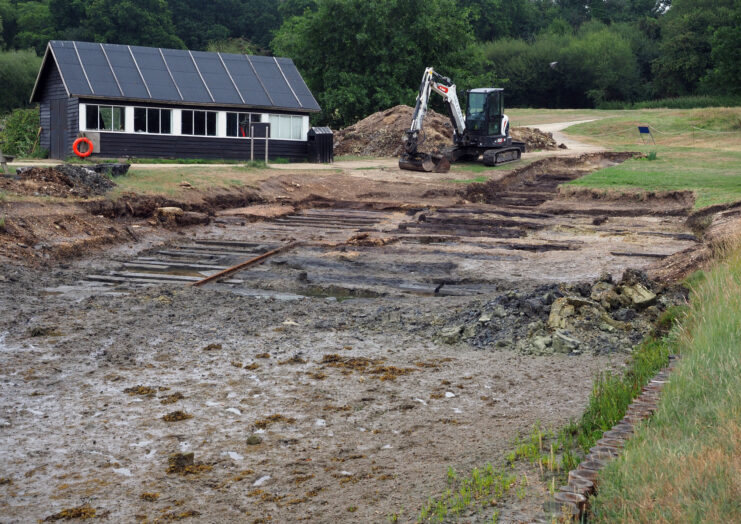
A charitable trust, the Buckler’s Hard Shipyard Trust, was established in New Forest to deliver education and heritage projects about the history of shipbuilding at Buckler’s Hard. Its main mission is to bring the story of the shipyard to life, as it has a rich history that spans from medieval times to shipbuilding in the 18th and 19th centuries. It also had a role in World War II.
There are plans to place a replica of Nelson’s “favorite”s ship, HMS Agamemnon (1781), which took part in the Battle of Trafalgar, at the end of the slipway. She’d look as she did during her construction in 1781, allowing visitors to see the hamlet as it would have been in the 18th century.
Buckler’s Hard is one of the largest of the five surviving historic slipways. What appears to be a wide muddy trench is, indeed, a significant structure within the historic shipyard.
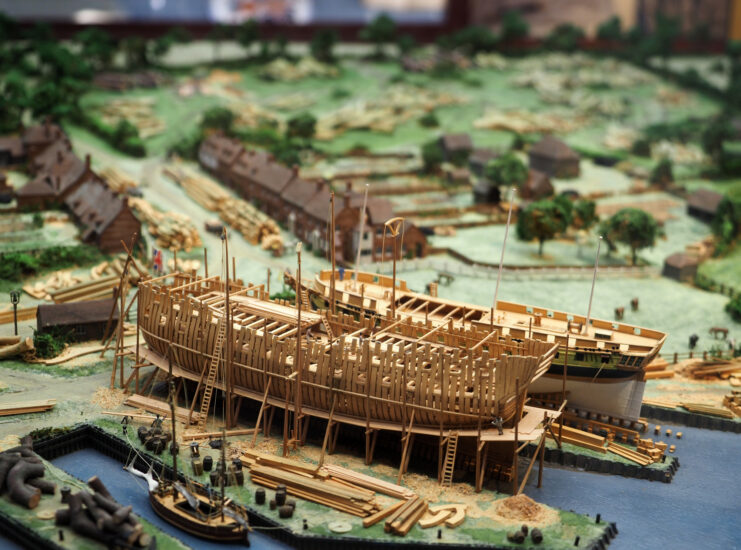
As aforementioned, the archaeological work was led by the University of Southhampton’s Centre for Maritime Archaeology, under Adams and Dr. Rodrigo Ortiz-Vazquez, with support from students and volunteers from the New Forest National Park Authority, the Maritime Archaeology Trust and Bournemouth University. The Buckler’s Hard Shipyard Trust provided the project’s funds.
The work was completed on August 8, 2025. The site will be covered with a new layer of soil and topped off with timbers in the style of the type that were harvested from the surrounding area in the 1700s.
“The only opportunity is a place like this, where you can actually see the whole of the infrastructure and the logistical structures needed to build ships of that size,” said Adams.
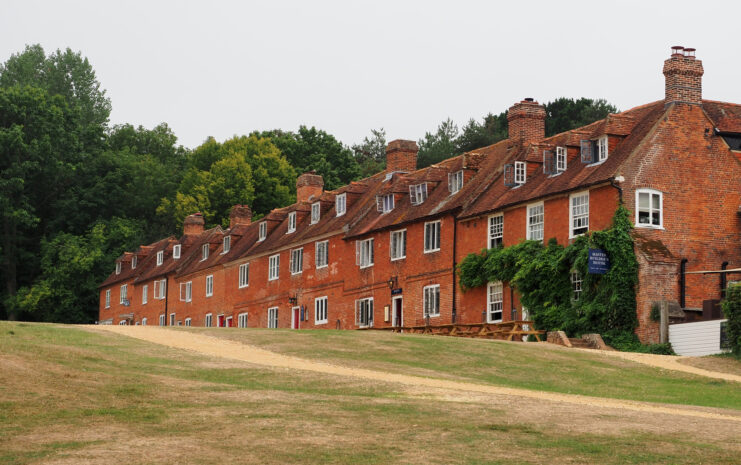
More from us: See Historic World War II-Era Tanks in Action at Tiger Day Autumn 2025
Buckler’s Hard does have a comprehensive museum, visitors’ center and gift shop. There are several displays about shipbuilding and the people who carried out the work or designed the mighty wooden creations. Numerous items directly linked to Nelson are also on display.
